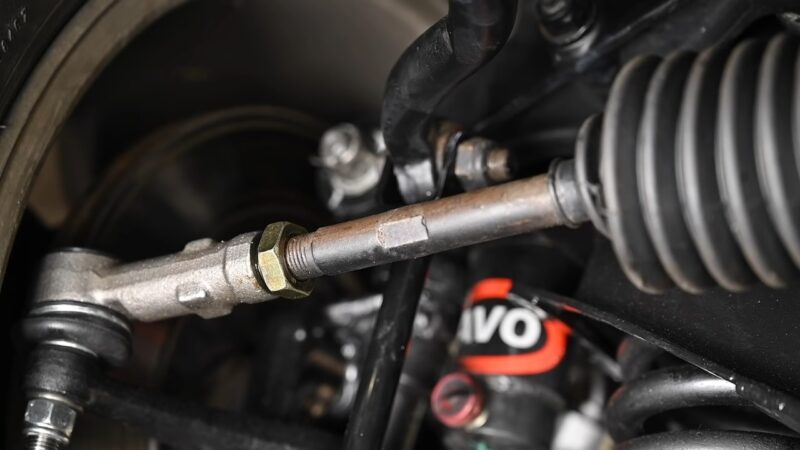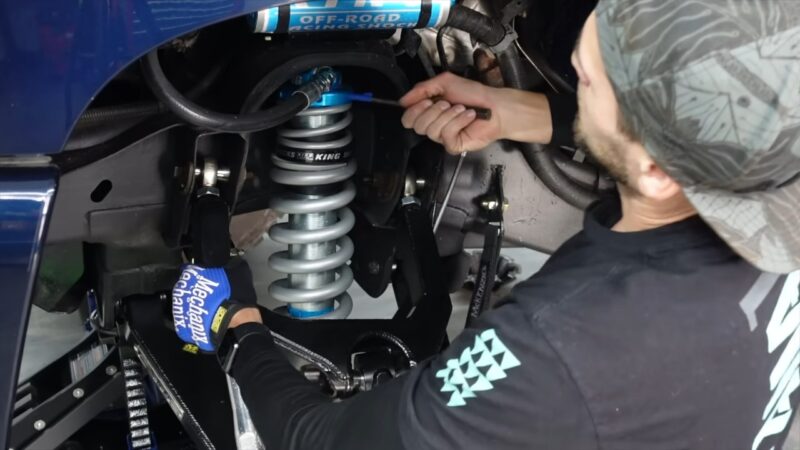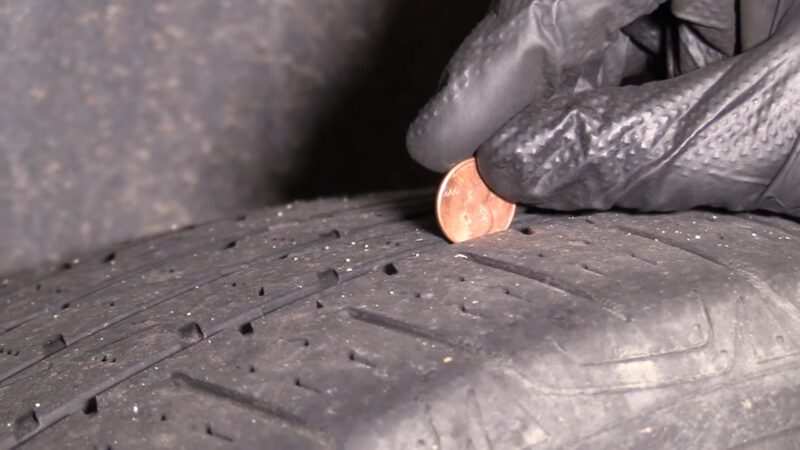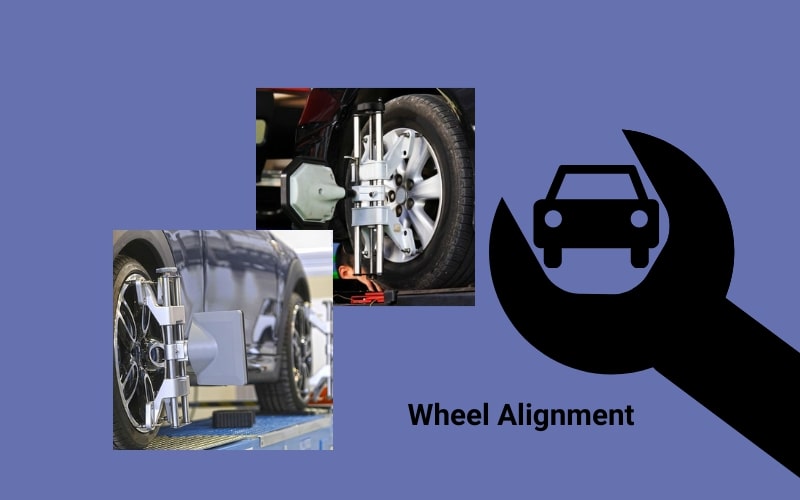The question of how often to check wheel alignment is one that frequently comes up among vehicle owners. The answer, while straightforward, is of significant importance: you should inspect the alignment whenever you begin to detect issues.
As a proactive measure, it’s recommended to have the alignment checked every time you get an oil change, or at the first sign of early tire wear. This can help prevent more serious problems down the line and ensure your vehicle continues to perform optimally.
It’s worth noting that it’s alarmingly easy to disrupt your car’s alignment without even being aware of it. Common everyday events such as hitting curbs, speeding over speed bumps, colliding with potholes, or experiencing minor accidents can all lead to misalignment. These incidents, while seemingly minor, can have a cumulative effect on your vehicle’s alignment, leading to more noticeable issues over time.

Misalignment can cause a range of problems, from uneven tire wear to a vehicle that pulls to one side. In severe cases, it can even affect the safety of your vehicle. Therefore, regular checks and adjustments are crucial to maintaining the longevity and performance of your vehicle.
In essence, wheel alignment is not just about keeping your vehicle running smoothly—it’s about ensuring your safety and the safety of others on the road. By staying vigilant and addressing any potential issues early on, you can help keep your vehicle in top shape and extend its lifespan. So, remember to keep an eye out for any signs of misalignment and have your vehicle inspected regularly. It’s a small step that can make a big difference in your vehicle’s performance and your overall driving experience.
Recognizing the Red Flags: Signs of Misalignment
There are several unmistakable signs that your vehicle may be suffering from misalignment. These include:
- Your vehicle has a tendency to pull to the left or right
- You notice uneven or rapid tire wear
- The steering wheel is crooked when you’re driving straight
- Your tires make a squealing noise
The Intricacies of Car Alignment: Camber, Caster, and Toe

Proper car alignment is a precise science. It involves adjusting the camber (the inward or outward tilt of the wheels when viewed from the front), the caster (the tilt of the wheel front or back when viewed from the side), and the toe-in or toe-out (the alignment of the wheels when viewed from above). These adjustments are measured in fractions of an inch and require specialized alignment equipment.
The Hidden Dangers of Misalignment: Wear, Tear, and Expense

Car alignment problems can cause more damage than most drivers realize. Not only does it affect your vehicle’s handling, but it also inflicts excessive wear and tear on your tires, suspension, and steering systems. A misaligned car can drastically reduce the lifespan of your tires by thousands of miles and compromise crucial steering and suspension components.
The cost of an alignment service is a small price to pay when compared to the potential expense of replacing a new set of tires or repairing damaged parts.
In Conclusion
Remember, regular wheel alignment checks are not just about maintaining your car’s performance, but also about ensuring your safety on the road.
